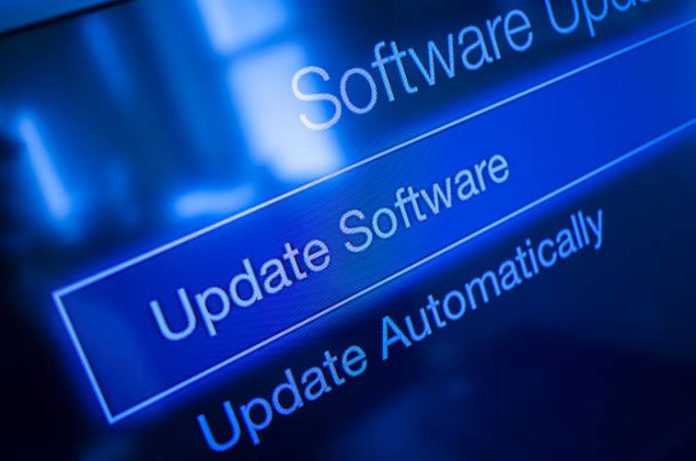It’s that time again: a major upgrade has been released for software you use regularly, and when you read about all the bells and whistles, you start salivating. Hmmm… can you afford an extra couple of hundred to buy it? Should you… or shouldn’t you?
Too often, eager consumers become carried away by the hype and slap down a credit card – only to find that the upgrade comes with headaches, or the extra features are not worth it.
To buy or not to buy becomes an easier decision if you run through a quick checklist.
1. Will You Use The New Features?
Sure, your new software can do everything but cook dinner – but how many of these features do you actually need? Are you thinking: “Well, I don’t need these now but they might come in handy later…”? If so, you could be going to needless expense. You can always upgrade when you DO need the new features.
2. Will You Lose Any Favorite ‘Old’ Features?
Sometimes it’s a toss-up – will what you gain outweigh what you lose? A quick example: many users have been delighted with the new layout of tools in Microsoft Office 2007, and find that they can do their work much faster (or more easily). Others are aghast to find that their old macros won’t work – and that they can no longer customize toolbars full of autotext for different purposes. Make sure you know exactly how the program has changed before you upgrade.
3. Compatibility – Will Others Be Able to Read Your Files?
This is an important one. There’s not usually a problem with importing files in an older format, but you can face big problems if you send files in the new format to others. Microsoft Office 2007, for example, saves files in a very different format.
You can set the default to save files in the standard format for older versions of Office, but if you forget, you’re likely to get irritated phone calls from others telling you that they can’t open your files. (Yes, they can download a compatibility pack from Microsoft – but it’s another step they have to take before they can make use of your file.)
4. Can You Afford The Learning Curve?
When an upgrade is significantly different from what has gone before, you’re going to have to factor in time to become familiar with the new version.
This might not be a problem if you have plenty of time to do it (it can even be fun) but if you are constantly racing to meet deadlines, then block off enough hours to learn how to use the new features.
When you’re pressed for time, it’s not much fun scrolling through an FAQ page to find out how to complete a task you used to do with your eyes closed.
Bottom line: before you invest in any upgrade, do your homework. Read the reviews and visit a few forums to see what problems real-world users have encountered.
Make your own list of pluses and minuses, then make an educated decision about your purchase. If you do decide to buy, keep a working version of the old software on your backup machine or on a different drive.

